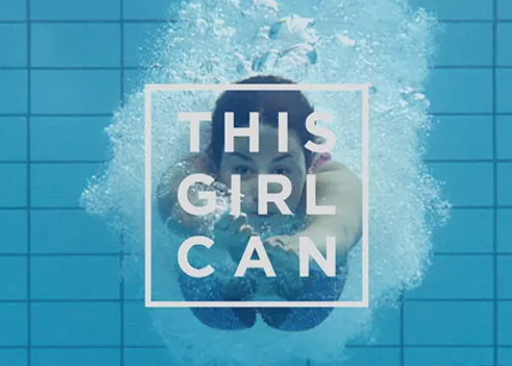6 Why is there a post-puberty dropout?
In the video in the previous section, Dr Sims highlighted the different experiences males and females have at puberty as males become stronger, faster, fitter and more aggressive and well suited to playing sport while the changes females experience can lead to dropout from sport. This is supported by research as by the age of 12 only 8% of females do enough physical activity to benefit their health compared to roughly twice this number for males (Women in Sport, 2016).
Slater and Triggerman (2010) identified that dropout from sport was often due to peer pressure as sport is not viewed as being ‘cool’ or ‘feminine’ with their peers prioritising socialising as being more important than sport. Furthermore, young females often have concerns about their body image and for some sports clothing can accentuate their anxieties. The Sport England campaign This Girl Can [Tip: hold Ctrl and click a link to open it in a new tab. (Hide tip)] was designed to challenge the perception that it is unfeminine or uncool for adolescent females to play sport (Forsyth and Roberts, 2019).
Dr Sims partly attributes adolescent female dropout from sport after puberty to the effect that increasing levels of hormones have on their coordination and the plateau of fitness gains at this time. Managing periods, dealing with the physical and emotional symptoms of the menstrual cycle and a body that is changing shape are all things which impact on girls’ confidence and their motivation to participate in exercise or sport.
Her partial solution is that at this time when the female body is going through developmental changes, it is a good time to work on skill and technique as this will increase their competence and give them confidence to stay in sport (Sims, 2019).
Up to this point you have looked at the effect that male bias in research has on female sports performance and participation, but it is prevalent too in medical research as you shall discover in the final section.

